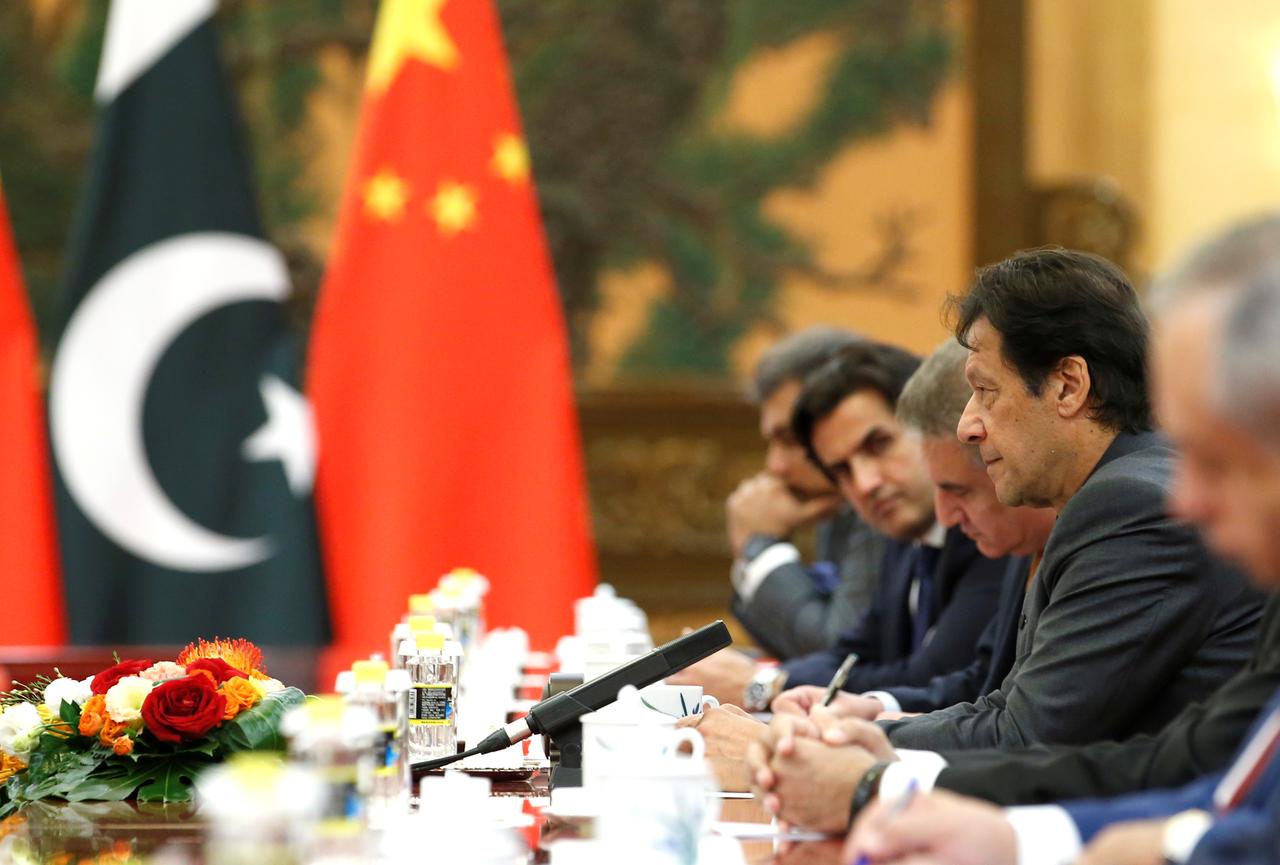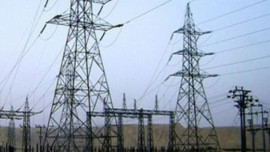
If China has a demand for anti-pandemic resources, Pakistan may have “inventory”, what would the result be?
By the end of the third quarter, China’s total volume of trade in goods turned positive for the first time in 2020, according to the release from the National Bureau of Statistics in China this week.
Relying on the special access to rice, sugar and other commodities from China, Pakistan’s exports to China reached $1.86 billion in fiscal year 2018-2019. And in the upgraded free trade agreement (FTA) between the two countries, China gives Pakistan zero tariffs on 313 items. Both sides have high expectations and are looking forward to the further rise of Pakistan’s exports to China. However, affected by Covid-19, the figure fell to $1.66 billion in fiscal year 2019-2020, by 10.8%.
The high-level political relation between China and Pakistan are reflected in the economic and trade agreements.
China has signed FTAs with 16 countries and regions. With Pakistan only, there are three versions. According to the reporter’s preliminary calculation, there are dozens of zero-tariff items of raw materials in traditional medicine.
With the preferential western medicine items in the agreement of the early harvest programme in 2005, the total is nearly 100. In the catalogue of non-first-time imported medicinal materials revised and merged by the National Medical Products Administration in China, only four kinds are from Pakistan. Why is there such a difference between the actual imports of Pakistan and the preferential items in the FTA?
Zhu Hongli, head of cross-border pharmaceutical e-commerce in Zhongdamen Network Technology Company in Henan province was one of the earliest to enter traditional Chinese medicine e-commerce business in China.
“Among all the products we have access to now, those from the ‘Belt and Road Initiative countries’ are increasing, such as the origin of saffron is Persia, and saffron in Iran is famous-region medical materials. The price of it domestically is RMB 20,000 per kg, whereas it is only RMB 5,000 or 6,000 per kg for imports. The saffron introduced in Shanghai costs high, although the quality is better, the profit is not satisfying. Thus 90% relies on imports nowadays.”
“Pakistan also has its famous-region medicinal materials,” Yu Zhibin, the director of TCM Department of CCCMHPIE (China Chamber of Commerce of Medicines & Health Products Importers & Exporters), told the reporter.
Bezoar regarded “soft gold” in China
Bezoar refers to dry gallstones of buffaloes and cattle. “The stock of bezoar is not enough in the last two years. Underground smuggling has been carried out. The discounted price of bezoar is 600,000 RMB per kilogram nowadays.” said Yu.
What caused the stock shortage of bezoar? According to China’s Beef Industrial Analysis Report, due to the impact of African swine fever, the demand for beef cattle has increased in China recently while the growing feeding cost has led to the decrease of cattle stock, resulting in high price of beef.
“High demand of beef brings out early killing of cattle before they might grow bezoars,” a chief representative abroad of a Chinese enterprise told the reporter,
“China is an aging society right now with more demands for medicine of cardiovascular diseases, for example, Angong Niuhuang Wan (Bolus of Bezoar for Resuscitation), is also used against Covid-19 now. With less supply and more demand, the price of bezoar will certainly rise, that’s why we call it ‘soft gold’.”
No one exploring bezoar
in Pakistan
Recently, Mohammed Mustafa Kaman, the chairman of Big Bird Group in Pakistan and a DVM, in a written interview with the reporter, said, “No one has looked at the presence of bezoar in Pakistan. At abattoirs hardly anyone looks for the presence of bezoar. However, a few workers do understand its unique wroth. In a few slaughter houses workers do gather gallbladder secretions based on its demand.”
The three products mentioned; bezoar, bile and beef, according to the reporter’s review of the China-Pakistan Free Trade Agreement(CPFTA), the HS code of bezoar was first listed in the annex to CPFTA signed on November 24, 2006 -Products List Of Tariff Reduced to Zero Within Three Years. And what was added in the upgraded CPFTA “China Zero Tariff Schedule” is just “fresh or chilled beef” and “bile, glands used in the preparation of pharmaceutical products”.
In a recent interview with the Commercial Counsellor of Pakistan Embassy in China Badar U Zaman said, “We didn’t know about bezoar before, but since the second half of last year, it seems that a Chinese has begun to contact the Pakistan Beef Association.”
THIS ARTICLE ORIGINALLY APPEARED ON THE CHINA ECONOMIC NET
Published in The Express Tribune, October 27th, 2020.
Like Business on Facebook, follow @TribuneBiz on Twitter to stay informed and join in the conversation.
























COMMENTS
Comments are moderated and generally will be posted if they are on-topic and not abusive.
For more information, please see our Comments FAQ